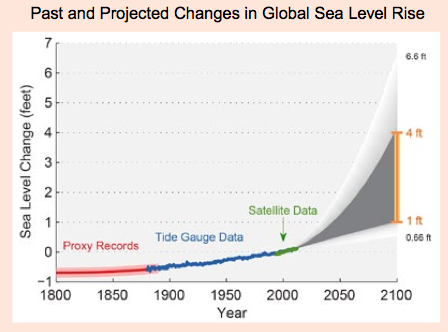How do melting ice caps and glaciers affect sea level?
1 Answer
If the ice is lying on land, melting ice will (is) slowly raise sea levels.
Explanation:
Ice in the Arctic ocean is floating on the ocean and so when it melts it does not raise sea levels anymore - its like ice cubes in a drink - its already displaced as much water as its going to.
However, the big ice caps of Antarctica and Greenland are mostly lying on land and so as they melt they add more water to the oceans and the average sea level rises.
If all the ice in Greenland were to melt the sea level would rise by about 7 meters which would flood out millions of people living in coastal cities. If all the ice in Antarctica were to melt, this would add 72 meters to average sea levels.
Right now, thermal expansion of the oceans, plus melting ice from continental alpine glaciers, is contributing the most to sea level rise (as the atmosphere warms from global warming, some heat is transferred to the oceans). Current estimates are that sea levels may rise as much as 1 meter (3-4 feet) by the year 2100.


